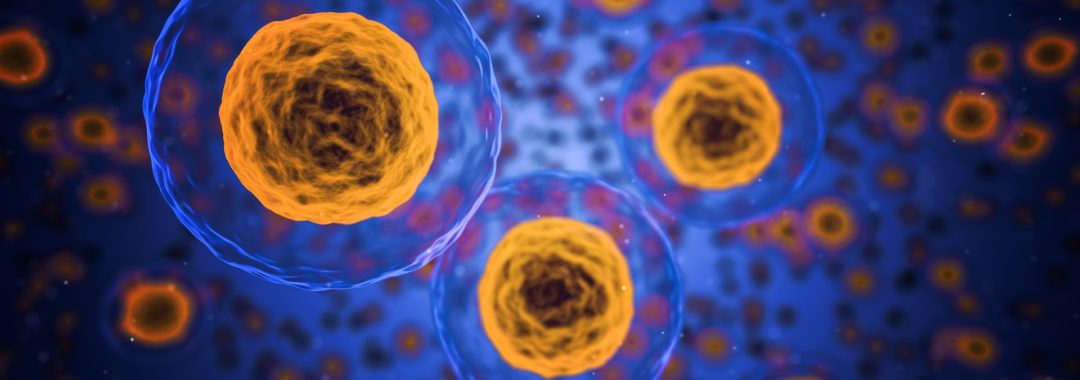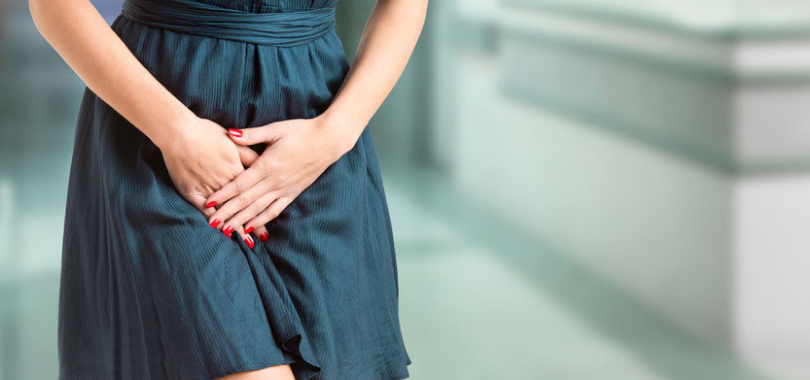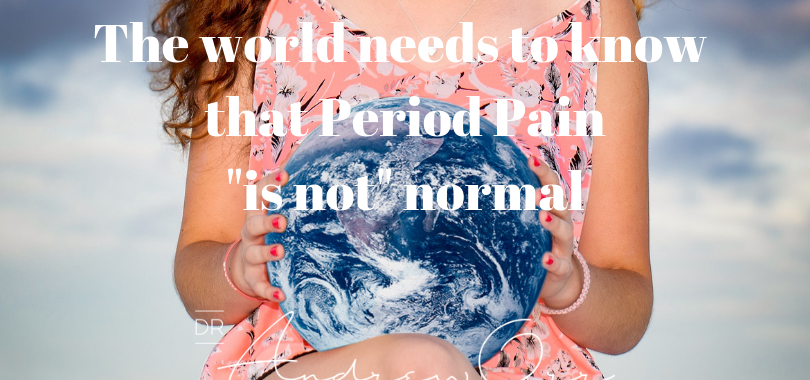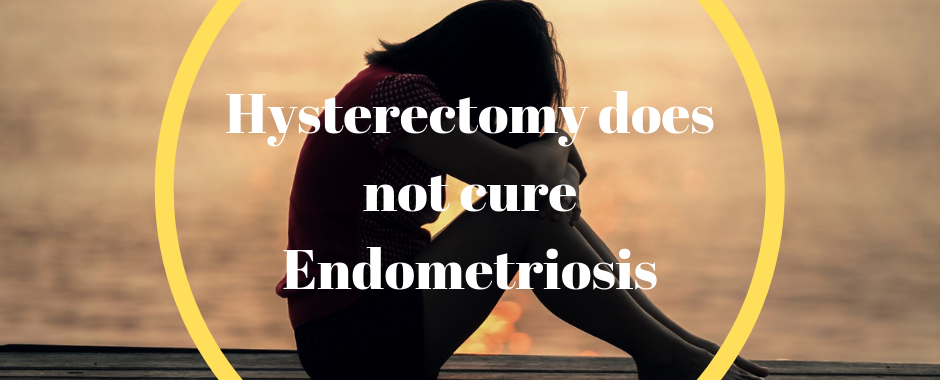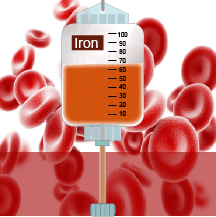On a daily basis we get people, who are having failed IVF cycles, calling my clinic looking for some miracle pill, to supposedly eradicate the body of natural killers cell and wipe them off the face of the planet in some war like rage, all because they have been told this will bring an end to their fertility woes.
I wish it was that easy and when my staff go on to explain that treating natural killers cells (uterine killer cells), and especially looking at the cause of natural killer cells (uterine killer cells), is complex, there is no one miracle cure, nor some magic pill, people get annoyed and hang up the phone in a huff ,without listening to the reasons why.
One of the things I always say, when people ask me about regulating natural killer cells for fertility purposes, is “How long is a piece of string?”
This is because this subject is very complex and there are many reasons why natural killer cells may be impacting implantation. So, hence the response is always going to be “How long is a piece of string?”
While Natural killer (NK) cells have an important role in the early responses to viral infections, they have also been linked with failure of pregnancy.
Increasingly, clinics are offering blood tests, at an increased cost to the patient, to measure the number and activity of circulating NK cells. As a result of these investigations, many women are offered treatments such as steroids, intravenous immunoglobulins, and tumour necrosis factor blocking agents. The scientific rationale for these tests and treatments, however, is not always supported by our current knowledge of the function of uterine NK cells.
So, I thought it was about time I set the records straight on the BS information, that seems to being handed around as gospel, by money hungry fertility clinics run by big health conglomerates, and by the rotten Dr Google, about natural killer cells (uterine killer cells) and these supposed miracle pills, that will miraculously fix someone’s fertility issues.
Let’s Look at the Facts about Natural Killer Cells Relating to Miscarriage
- There is no miracle pill, or one supposed miracle treatment, or a one pill solution to treat, or get rid of natural killer cells. You do not want to get rid of NK Cells.
- Natural Killer Cells are a natural part of the immune system designed to target inflammation, kill of cancer cells, kill off bacteria and protect the body from harmful invasion of foreign organism
- There is huge difference between natural killer cells that are circulating in the blood stream, compared to uterine killer cells
- Uterine Killer Cells are in large numbers during a pregnancy to protect the embryo
- Natural Killer Cells are only in large number and are only being sent out by the immune system because there is some inflammatory process going on in the pelvis, or the rest of the body
- You cannot regulate Natural Killer Cells numbers unless you first address the inflammatory process that is causing them to be in high numbers in the first place (Eg- Inflammatory gynaecological conditions such as PID, Endometriosis, PCOS, Adenomyosis, Adhesions, STI’s, CIN, HPV, Herpes etc)
- Many people have not had the proper initial fertility investigations and testing needed to actually fall pregnant in the first place and looking at Natural Killer Cells, before all that proper testing etc is done, is actually not assessing the patient properly.
- If you do not treat the cause of the Natural Killer Cells being in high numbers, you will not be able to reduce the numbers of Natural Killer Cells that are actually doing the job they are meant to do, which is …. Protect the Body.
- Many of the so called treatments for Natural Killer Cells, regarding fertility, have never been approved for such treatment and research on it is still inconclusive.
- Some of the treatments being proclaimed as miracle cures (Intralipids etc) are purely money making exercises that are preying on the vulnerability of people who have been told wrong information and have this perception of some killer being inside their body attacking their embryos.
- Intralipids have never been proven to treat Natural Killer Cells and are derived from highly inflammatory soy based compounds, which then in turn can cause more inflammation.
- The drugs used in the treatment of Natural Killer Cells are steroidal based and carry many side effects and are for more harmful to the body that any natural killer cell will ever be. The steroids are also a category C drug that has been shown to have an effect on the neonate
- Steroids, such as Prednisone, do work on regulating NK cells, but they do so by suppressing the immune system, thus compromising a person’s immunity. There are also risk to peoples minerals by using these long term and there are also other side effects to the body.
- Natural Killer Cells are there to protect the body, not hurt it.
- Natural Killer Cells may only be attacking embryos because they are seen as foreign body as well and when they are there trying to kill of the diseases and issues causing inflammation in the body, they just happen to kill of any other foreign organism and inflammatory processes at the same time
- Again, to address natural Killer Cells, you need to address the inflammatory process as to why they are in high numbers in the first place
- The perception around Natural Killer Cells being this “thing” killing off embryos in the body is misguided and is actually not a true representation of what Natural Killer Cells actually do. It is purely often used to tug on the heartstrings of unsuspecting patients, who are highly emotive and clinics use these emotions to get them to pay for treatments that have never been fully proven to work.
- The name “Killer Cell” is too often exploited in the wrong context by many in the fertility world
- Blood tests cannot measure the number of Natural Killer Cells in the Uterus, Only a biopsy can do this.
- A Natural Killer Cell (uterine killer cells) Biopsy has to be done between the 24th and 28th day of your menstrual cycle to give the best results.
- Blood tests can only measure the circulating NK cells in the body and not the uterine killer cell activity, which can be the cause of recurrent miscarriage. So, if you have had a blood test, it is not measuring what is needed. Everyone will have circulating NK cells in their blood stream.
- The percentage of CD56+ NK cells in peripheral blood in normal healthy individuals varies from 5% to 29% (2)Despite this, more than 12% NK cells in women with infertility or miscarriage has been arbitrarily defined as abnormally raised and used as an indication for treatment (4)
- The percentage of NK cells in blood can be affected by many factors including sex, ethnicity, stress, and age too.
- There is now new evidence that shows that natural killer cells help with implantation and a healthy uterine environment, which now supersedes old outdated research.
Natural Killer cells (Uterine killer cells and other NK cells) are the main immune cell-type found in the uterus. Their numbers increase through the menstrual cycle to peak at the time of implantation. If an embryo does implant, NK cell numbers increase further to 70% of all cells.
Uterine NK numbers start to decrease at around the 20 week mark of pregnancy and are all but absent at the end of pregnancy.
Natural killer cells acquired their name as a result of the initial test used to identify them in vitro. Unlike T lymphocytes, NK cells are able to spontaneously kill cells in a non-MHC restricted manner.
Regrettably, this is a misleading name in reproduction, and the powerful image of maternal cells attacking the fetus is emotive and easily exploited. None the less, these NK cells can kill off the embryo at early stages of pregnancy, but there is nearly always a reason why. That reason is inflammation in the pelvic cavity and uterus. This needs to be addressed to regulate the number of NK cells, not some notion of killing off the “Killer Cells”.
Types of Inflammation causing high Natural Killer Cells (Uterine Killer Cells)
- Endometriosis & Adenomyosis
- PCOS/PCO
- Fibroids, Myomas
- Vaginal Infections & Bacteria
- STI’s
- Cancer, Trauma, Localised Lesions & Others
- Stress
Yes, stress can lead to a compromised immune system, which then leads to high TNF (Tumor Necrosing Factor) and increase Natural Killer Cells, which then leads to prolonged increase activated T Cells, and this then causes reduced implantation of embryos.
This is also a reason why any inflammation in the uterus or pelvic cavity needs to be addressed to help fix this issue and one of the reasons why any woman having fertility issues needs to be investigated and treated properly.
This needs to involve proper differential diagnosis, proper pathology testing, genetic testing and surgical investigations such as laparoscopy prior to any further fertility treatment. A laparoscopy is the gold standard for addressing and treatment of issues in the uterine and pelvic cavity.
Natural Killer Cells (Uterine Killer Cells) may be a part of recurrent miscarriage, but we need to stop the misinformation and perception of them being some killer organism that isn’t meant to be in the body. They are meant to be in the body and the name is all too often exploited by many to offer unproven treatments and medications by clinics trying to increase profits.
If you want to regulate and treat natural killer cells (relating to recurrent miscarriage) properly, you need to find out what is causing them to be there in the first place. There is no magic pill to get rid of Natural Killer Cells.
You cannot rid the body of Natural Killer Cells anyway. They are meant to be there. You can only regulate the amount of killer cells doing their job and you need to find out why they are in higher numbers in the first place. This is usually because there is some sort of inflammation, infection, bacteria, or malignancy going on in the body that has not been investigated properly in the first place. Let’s not forget that stress, yes stress, increases the amount of Natural Killer Cells in the body too.
As part of my fertility program, I talk to couples about the facts about Natural Killer cells, and makes sure that proper investigations, testing and treatments are administered and managed properly. This can also be done alongside current medical protocols such as the Bondi protocol, or California protocol.
Regards
Andrew Orr
-No Stone Left Unturned
-Women’s and Men’s Health Advocate
-The International Fertility Experts
References
- Moffett-King A. Natural killer cells and pregnancy. Nat Rev Immuol 2002;2: 656-63.[CrossRef][Web of Science][Medline]
- Pijnenborg R, Vercruysse L, Hanssens M, Van Assche A. Incomplete trophoblast invasion: the evidence. In: Critchley H, MacLean A, Poston L, Walker J, eds. Pre-eclampsia. London: RCOG Press, 2003: 15-2615. Parham P. NK cells and trophoblasts: partners in pregnancy. J Exp Med 2004;200: 951-5.[Abstract/Free Full Text]
- Hiby SE, Walker JJ, O’Shaughnessy KM, Redman CWG, Carrington M, Trowsdale J, et al. Combinations of maternal and paternal innate immune genes influence the risk of pre-eclampsia. J Exp Med 2004;200: 957-65.[Abstract/Free Full Text]
- Aoki K, Kajiura S, Matsumoto Y, Ogasawara M, Okada S, Yagami Y, et al. Preconceptional natural-killer-cell activity as a predictor of miscarriage. Lancet 1995;345: 1340-2.[CrossRef][Web of Science][Medline]
- Ntrivalas EI, Kwak-Kim JY, Gilman-Sacchs A, Chung-Bang H, Ng SC, Beaman KD, et al. Status of peripheral blood natural killer cells in women with recurrent spontaneous abortions and infertility of unknown aetiology. Hum Reprod 2001;16: 855-61.[Abstract/Free Full Text]
- Bisset LR, Lung TL, Kaelin M, Ludwig E, Dubs RW. Reference values for peripheral blood lymphocyte phenotypes applicable to the healthy adult population in Switzerland. Eur J Haematol 2004;72: 203-12.[CrossRef][Web of Science][Medline]
- Kwak JY, Kwak FM, Gilman-Sachs A, Beaman KD, Cho DD, Beer AE, et al. Immunoglobulin G infusion treatment for women with recurrent spontaneous abortions and elevated CD56+ natural killer cells. Early Preg 2000;4: 154-64.
- RCOG Scientific Advisory Committee. Immunological testing and interventions for reproductive failure. London: RCOG, 2003. (Opinion paper 5.)
- Scott JR. Immunotherapy for recurrent miscarriage. Cochrane Database Syst Rev 2003;(1): CD000112.
- Daya S, Gunby J, Clark DA. Intravenous immunoglobulin therapy for recurrent spontaneous abortion: a meta-analysis. Am J Reprod Immunol 1998;39: 69-76.
